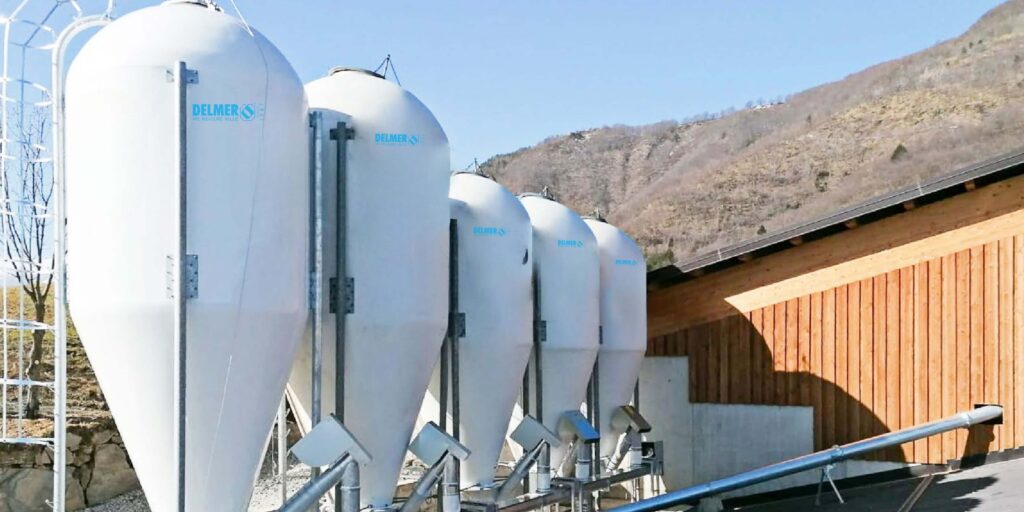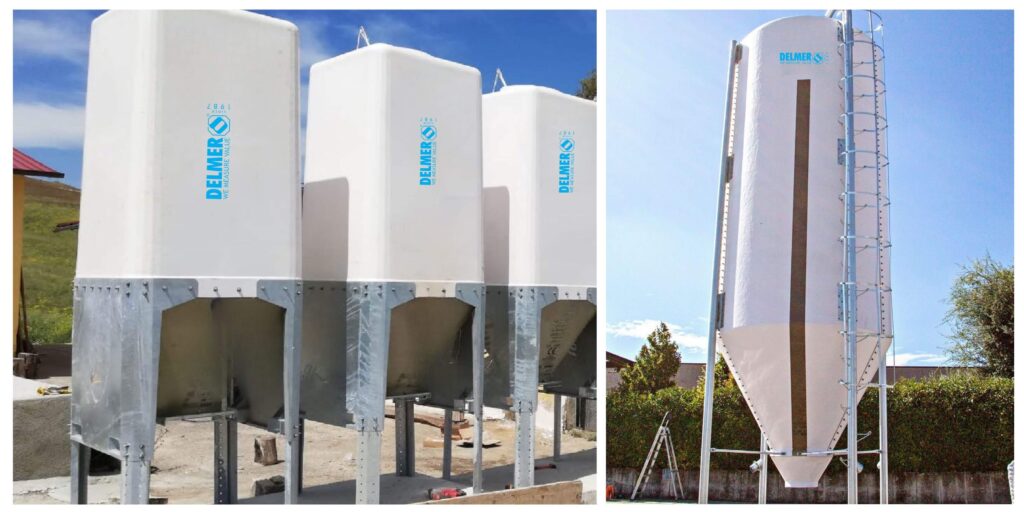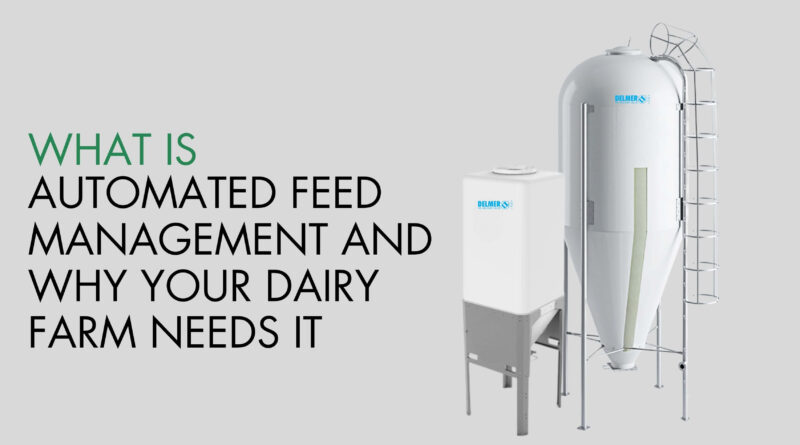What Is Automated Feed Management and Why Your Dairy Farm Needs It
In the ever-evolving world of dairy farming, efficiency and precision have become the pillars of success. One of the most transformative innovations in recent years is Automated Feed Management. This technology is changing the way farms operate, helping dairy farmers improve productivity, animal health, and profitability. But what exactly is automated feed management—and why should your dairy farm adopt it?

What Is Automated Feed Management?
Automated Feed Management is the use of advanced technology to measure automatically, mix, distribute, and track the feed provided to livestock. This system typically integrates with feeding equipment, sensors, herd management software, and data analytics tools to ensure that each animal gets the right quantity and quality of feed—every time.
Silos for dairy farms provide efficient, airtight storage for bulk feed, preserving quality and reducing spoilage.
Whether you run a small family farm or a large-scale operation, these systems can be tailored to your specific needs and herd size.
Key Features of an Automated Feed Management System:
Real-time feed tracking
Customized rations per animal group
Integration with herd performance data
Reduced feed waste
Remote monitoring and control

Why Your Dairy Farm Needs Automated Feed Management
1. Improved Herd Health and Milk Production
Feeding the right nutrients in the right proportions ensures optimal rumen function and digestion, leading to healthier cows and higher milk yields. An automated system reduces human error and maintains consistency in feed delivery, which is essential for peak performance.
2. Feed Cost Control and Reduced Waste
Feed accounts for 50-70% of total dairy farm expenses. Automated systems precisely measure and distribute feed, minimizing waste and ensuring you don’t overfeed or underfeed. With accurate data, you can make smarter purchasing and ration formulation decisions.
3. Labour Efficiency
Feeding is one of the most labor-intensive tasks on a dairy farm. Automation frees up valuable time by reducing manual work, allowing your team to focus on other critical areas like animal care and farm management.
4. Data-Driven Decision Making
These systems provide insights into feed intake, cow performance, and feeding trends, enabling you to make informed decisions. When integrated with herd management software, you gain a complete view of the nutritional and health status of your animals.
5. Better Environmental Sustainability
Precision feeding leads to less feed waste and lower methane emissions, helping you meet regulatory requirements and improve your farm’s environmental footprint.
A feed box for dairy farms ensures controlled, consistent feed delivery to each cow, promoting better intake and reducing waste.
Future-Proof Your Dairy Business
As dairy farming becomes more competitive and data-driven, automated feed management isn’t just a luxury—it’s a necessity. Investing in automation is a step toward smart dairy farming, allowing you to improve margins, animal welfare, and overall efficiency.
Final Thoughts
Automated Feed Management is no longer the future—it’s the present. If you’re aiming for higher productivity, lower costs, and healthier cows, adopting this technology can set your dairy farm apart. It’s time to move beyond traditional methods and embrace a data-powered, precision-driven feeding approach.
for more information visit delmergroup.com

